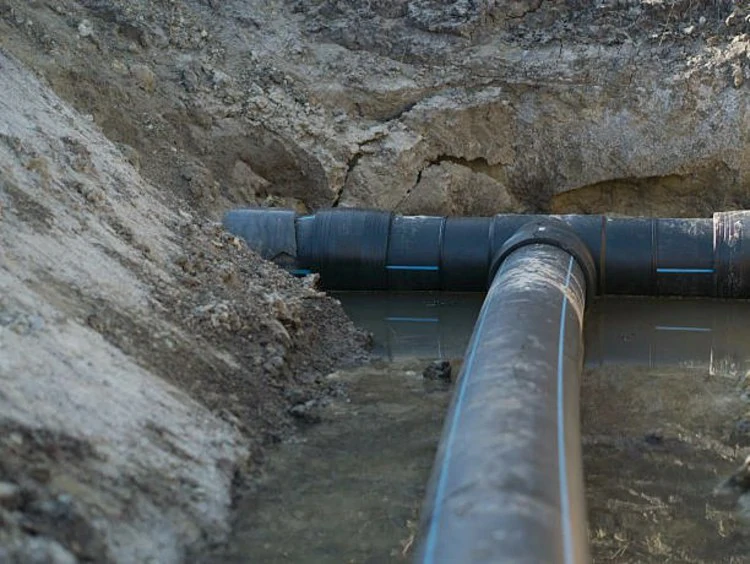Introduction
HDPE (High-Density Polyethylene) pipes are manufactured using a sophisticated process that involves several stages. Understanding the manufacturing process of HDPE pipes is essential for ensuring their quality, durability, and performance in various applications.
Extrusion Process
Extrusion: Forming the Pipe
The manufacturing process starts with extruding HDPE resin pellets through a heated cylindrical screw inside an extruder machine. The resin melts and gets pushed through a circular die, shaping it into a continuous tube. This process, known as extrusion, creates the basic structure of the HDPE pipe.
Cooling: Solidifying the Pipe
After extrusion, the hot HDPE pipe passes through a cooling tank or chamber filled with water. The rapid cooling solidifies the molten HDPE, ensuring uniformity and stability in the pipe’s structure. Proper cooling is crucial for preventing deformities and maintaining dimensional accuracy.
Forming and Sizing
Reshaping the Pipe
After the HDPE pipe adequately cools and solidifies, it proceeds to the forming and sizing section of the manufacturing line. This stage involves reshaping the pipe to attain its final dimensions and specifications. Various tools and guides are employed to manage the diameter, wall thickness, and overall geometry of the pipe.
Controlled Cooling
During the forming and sizing process, controlled cooling is applied to the HDPE pipe to maintain its structural integrity and prevent warping or distortion. This step ensures that the pipe meets the required standards for dimensional accuracy and performance.
Quality Control and Testing
Inspection and Testing
Throughout the manufacturing process, quality control measures ensure HDPE pipes adhere to industry standards and specifications. Various stages involve visual inspection, dimensional checks, and material testing to identify defects or deviations from required standards.
Final Testing and Certification
After forming, sizing, and cooling the HDPE pipes, manufacturers conduct final testing to confirm their performance characteristics. This includes hydraulic pressure testing, during which the pipes endure internal pressure to evaluate their strength and leak resistance. Pipes meeting the testing criteria receive certification for plumbing, irrigation, and other applications.
Conclusion
The manufacturing process of HDPE pipes involves extrusion, forming, sizing, and quality control measures to produce high-quality pipes suitable for various applications. Understanding this process is essential for ensuring the reliability, durability, and performance of HDPE pipes in diverse industries and infrastructure projects.
Contact
IFAN is a professional manufacturer with 30 years of experience, dedicated to producing high-quality plastic pipes, fittings, and valves. Our products include brass valves, PPR valves, as well as various pipes and fittings to meet different customer needs. Whether you need plumbing and drainage pipes or valve products, IFAN can provide a diverse range of high-quality, cost-effective products to support your projects. Below is our contact information.
We will reply your email or fax within 24 hours.
You can call us at any time if there is any question on our production.
For more information,pls visit our webside https://www.ifanplus.com/
Pls Mailto: [email protected]






